Today we conclude our travelogue series to walk you through our adventure on the second of my Japan Winter Wildlife Photography tours for 2018.
Once again, I’m sitting down on a Monday morning here in my Tokyo studio, to decide which ten images we’ll look at for this final episode. It’s been just over three weeks since I finished this tour, but it’s been a whirlwind three weeks as I try to catch up on business left undone as I traveled, and as I try to pull in a few big jobs, such as making some very large prints for display at a new gallery Canon’s headquarters here in Tokyo. I’m hoping to bring you more on this in the coming weeks.
The result is though, although I came home from each of this year’s tours having made my initial selection of images, I’ve still to make time to actually whittle down my final selections, so I have ended up going through and doing part of that in preparation for each travelogue style podcast episode I’ve done. That helps too of course, and today I’ll get further into the process, and then I expect to get time to finish this work in a couple of weeks.
I’ve just counted the remaining images after the Whooper Swans that we left behind at the end of the previous episode, and I’ve got 376 of them to choose from today as we jump into this. As usual when I’m trying to make a selection of images, I’ve created a Collection Album and marked it as my Selects folder, and I’ve defined “Q” as my shortcut key, in Capture One Pro, to add images to that folder, so my first job is to go through and hit the Q key when I see something that I want to consider for talking about today.
After my first pass, I had 55 candidates to whittle down to ten. As these were obviously the better of the images left in my selection, before I started to remove any, I marked them all with four stars, so that I could easily pick up where I left off when I get around to finalizing my selection.
If we were to follow our trail chronologically we’d start today with a shot from Sulphur Mountain, but I’ve already shared a shot from there this season, so we’ll skip that. After our drive over to the base of the Shiretoko Peninsula, we made our first stop at the Notsuke Peninsula, which is like a small fishhook-shaped strip of land that juts out into the Nemuro Strait. Out there I got a few nice shots of the Ezo deer rutting, and a few nice-ish fox images, but nothing hugely special, so we’ll skip them.
Sea Eagles
As I continue writing this week’s post in preparation to record, I still have 25 images in my collection, but Monday has been another day of completing unplanned tasks, and I’m way behind, so I’m just going to start and pick images that I absolutely must talk about and see where we can get. Let’s actually jump in and look at a shot of a Steller’s Sea Eagle from the following morning, as we took our first trip out of the boat to photograph these magnificent birds.
I actually shot this first image with the camera flipped up into the vertical orientation, as I was trying to get some of the birds with their wings spread vertically in the frame. I do this relatively often, and I got a few shots like this that I like over the next few days. For this one though, the eagle had contracted his wings, so not needing the vertical orientation I decided to crop it down to a square. With the sky being uniformly blue, if I needed to, I could expand the sky back out to a wider ratio image, but I’ll only do that if I need that format, as it would require keeping a Photoshop PSD file instead of my raw file, and I like to avoid that when possible.
I love the way this eagle has streamlined his wings to start his dive and the way he has his eyes firmly locked on to his prey. The light isn’t always great when we photograph these guys either, so although I’m not a fan of blue skies, it is nice to get some nice light on the back of the bird. My settings for this were 1/1000 of a second shutter speed at f/9 and my ISO set to 1000. My focal length was 349 mm with my 100-400mm lens.
Foxy Encounter
After our dawn eagle shoot, we spent the afternoon on the Notsuke Peninsula again, and although we aren’t getting full snow coverage so much these days, we were lucky enough to get a Northern Red Fox rolling around on what is in actuality a very narrow strip of snow, as you can see here (below).
This fox was actually trying to scratch its back, but it made for a very cute shot, and I was happy to have nailed focus on the face during what was a very quick maneuver. I did have to crop this in from the right side a little though, as I was zoomed out just a little to 533 mm with my 200-400mm lens and the in-built 1.4X Extender engaged, and I was framing him with more space on the right, as I hadn’t expected the head to come up over the body like this. From my Canon EOS 5Ds R body though I still have a higher resolution image than I would have had with a 7D or 1D-X body, so I’m not too concerned about cropping a little like this if necessary.
My settings were f/11 for a 1/640 of a second at ISO 1000, and I was actually hand-holding the 200-400mm at 533 mm because we’d gotten off the bus to get closer to the foxes. That’s another reason that I was happy to find that this was nice and sharp as I was pushing the hand-holding a little bit too.
Moments later the fox was laying down in the snow, looking almost like a model posing, as you can see in this next image (below). I love the expression on its face here, almost as though it knows exactly how beautiful it is, especially in this pose.
I had to crop this one slightly less because the head was back further out but I had also zoomed to 560 mm for this frame. My other settings were the same. I have another fox shot that I’d like to look at, but I’ll resist the temptation for now. If you are interested in seeing more, please check it out on Instagram.
The following morning we went back out at dawn to photograph the eagles, and the day started with a somewhat rare sea mist in the Nemuro Strait, as you can see in this image. Although it sometimes feels pretty cold when we’re out of the boat to photograph the eagles, it doesn’t normally get cold enough for sea mist in this area, and the captain of the boat we go out on was saying that it had been quite some years since he’d seen this phenomenon. It’s not a great photo, but I couldn’t help sharing this to show you what the sea mist looked like (below).
Oh, and of course it’s a sunrise shot, with half a dozen or so sea eagles sitting around on the sea ice as well. When shooting into the sun like this I often expose to let the sun’s disk over-expose a little, and then bring it back under control with the Levels and Highlights sliders in Capture One Pro. That enables me to maintain a little more detail in the foreground, but I also of course still have the option of darkening this down for a silhouette if I want to. My settings were a 1/800 of a second at f/11 and ISO 500, and a focal length of 400mm.
I want to include a shot of a White-Tailed Eagle, as they make up around half the number of eagles that we shoot on this tour, but with the number of images I share being limited, I’m torn between a few possibilities. I think I’ll go with this shot (below) as it shows the eagle in its environment, with the beautiful mountains surrounding the port town of Rausu in the background.
This is also uncropped, and pretty much straight out of the camera, which is what I generally aim to do. Although I can crop when I have to, I don’t like to throw away pixels, so when I can zoom in nice and close, it’s great to nail a shot with a bird in flight filling the frame like this. I also really like how this eagle almost looks like it has a Mohican hairstyle, with that tuft of feathers sticking up on its head. I shot this at f/11 with a shutter speed of 1/1000 at ISO 1250, and a focal length of 400 mm.
On our final morning out on the boat to photograph the sea eagles, I did something that I love to do, which is just rolling with the fact that the light was low, and spent the first thirty minutes or so doing panning shots at 1/50 of a second shutter speed. Here’s one of my favorite images from this thirty minutes, with a Steller’s Sea Eagle flying over the sea ice, with his wings nicely blurred by the long shutter speed (below).
It’s relatively difficult to get eagles’ heads sharp when they are flying around the boat because their heads move up and down quite a lot, but if you shoot enough frames and have relatively good panning technique, it’s possible to get some shots with sharp heads, like this one. My other settings were f/11 at ISO 500, and a focal length of 312 mm.
The final eagle shot that I’d like to share today (below) is one to give you an appreciation of how large these birds are. On our last trip out it was really quite warm, and this enabled hordes of crows to get out to the ice from the port town of Rausu, and they were getting in the way in many of our shots, along with the seagulls. It’s really annoying when some of our best shots get bombed by a crow or seagull, but here the crow gives us a sense of scale, so I thought I’d share this anyway.
These crows are actually quite possibly larger than crows you are used to seeing at home too. They are Large-Billed Crows and measure up to almost 60 cm or 24 inches in length, and they are still dwarfed by the huge Steller’s Sea Eagle with its 2.5-meter wingspan. My settings for this shot were f/10 for 1/1250 of a second shutter speed at ISO 3200, and a focal length of 349 mm.
Oshin Koshin Falls
After our three days in Rausu photographing the sea eagles and heading out down the Notsuke Peninsula, we headed around the base of the Shiretoko Peninsula and did our usual international camera movement photos of the birch trees, then after lunch headed up the north-western coast of the peninsula, and made our usual stop at the Oshin Koshin falls.
It’s been a while since I shared a photo of this, so here’s what I like to do, just zoom in a little and single out a small area of the falls (right).
Quite often my shots of the falls are black and white without actually converting them, but on this day the rock was a very dark brown, so I turned on the black and white checkbox just to remove the ambiguity, and I also used a very subtle “S” shaped tone curve to increase the contrast between the black and white tones in the scene.
I also like to shoot close-up waterfall shots like this in portrait orientation, because I feel it matches the flow of water from top to bottom, although I do generally shoot both orientations just to give myself options.
My settings were a 0.8-second shutter speed, using a three-stop neutral density filter, and an aperture of f/16 at ISO 100, and a focal length of 105 mm with my 24-105mm lens.
Severe Snow Storm
We were actually being chased down the peninsula by a very severe snow storm that would close down a number of the airports in the area for the next day, so I was being very careful to try to keep the group shooting without putting anyone in danger. As the winds started to whip around the peninsula though, I got this shot from across the road from the falls (below).
As you can see, I timed my shot to capture what I call a snow devil, which is like a dust devil, or a little whirlwind of snow being whipped up by the wind over the sea ice. It was also nice to see a bit of color in the water in the pools on the ice. My settings for this shot were 0.4 seconds at f/16, ISO 100 and a focal length of 105 mm. If I recall I was using an ND filter to capture just a bit of movement, hoping to intensify the feeling of movement in the snow devil, but I can’t really tell if that worked or not.
Conscious of the fact that the snowstorm might stop play for our final morning in Hokkaido the following day, we battled the elements a little to go down to the mouth of the river that I like to shoot as our final shoot for day eleven. As you can see in this final image for today (below) it was by this time pretty cold, and although you can’t see this in the photograph, it was also getting really quite windy by this point.
To me, the biggest indication in this image that it was pretty windy, is the way the snow has been blown of the top of the rocks in the river. If it was just cold and snowing, there would be pillows of snow on the rocks, but here, they’re just bare. Also, the rocks on the right side are showing through but partly frozen. This feels cold to me too.
For this image, I obviously converted it to black and white, but I also ran a gradient mask from the top of the frame to the horizon and reduced the exposure on that adjustment layer by half a stop, and that just makes the sky slightly grey, rather than being almost pure white. I was using a six-stop neutral density filter too, to give me an 8-second shutter speed at f/14, ISO 100. My focal length was 50 mm.
Timely Exit
By dinner that night, the storm was well and truly set in. The tree outside our dining room lost a few branches as the wind whipped around the building, driving snow horizontally across the window. The storm died down by around 10 pm, but it had by this time pretty much engulfed all of eastern Hokkaido. We’d been planning our exit from the island on the final day, and decided that the best course of action was to skip our morning shoot in the national park and make our way to the airport straight after breakfast.
Which airport, we hadn’t yet decided. Our amazing tour conductor Yukiko had us seats booked provisionally at two other airports, giving us options, but I checked MeteoEarth, an app that I use on my iPhone to check wind direction and strength, among other things, and I found that there would be a band of relatively low wind literally from the base on the Shiretoko Peninsula to the Memanbetsu airport, where we originally intended to fly out from, but our travel window was going to be short.
If we used the time that we’d free-up by not driving to a different airport to do one last shoot, the storm would set in again and prevent us from leaving the peninsula. So, we drove straight after breakfast over as close to the airport as possible, and did a few short shoots there, before catching our plane as planned, and arriving back in Tokyo on schedule.
As usual, I recorded a comment from the participants who were up for it, and I’d like to play that for you now. Also, one of the participants recalled that she wanted to say something else later, so I’ll tag on that extra comment at the end. Let’s see what everyone had to say…
[Participant’s Comments: Please listen with the audio player at the top of the post to hear what people had to say about the tour.]
So, that’s it for this year’s Japan Winter photography tour season. I hope you’ve enjoyed traveling with us, and for those that are listening, I’d like to extend a huge thank you to everyone that joined this year’s tours.
2020 Snow Monkeys & Hokkaido Tour & Workshops
Although our 2019 Snow Monkeys & Hokkaido Tours have been sold out for a while now, we are now taking bookings for 2020, so if you think you might like to join us, please take a look at the tour page at https://mbp.ac/ww2020.
Show Notes
Book for 2020 here: https://mbp.ac/ww2020
Subscribe in iTunes for Enhanced Podcasts delivered automatically to your computer.
Download this Podcast in MP3 format (Audio Only).
Download this Podcast in Enhanced Podcast M4A format. This requires Apple iTunes or Quicktime to view/listen.


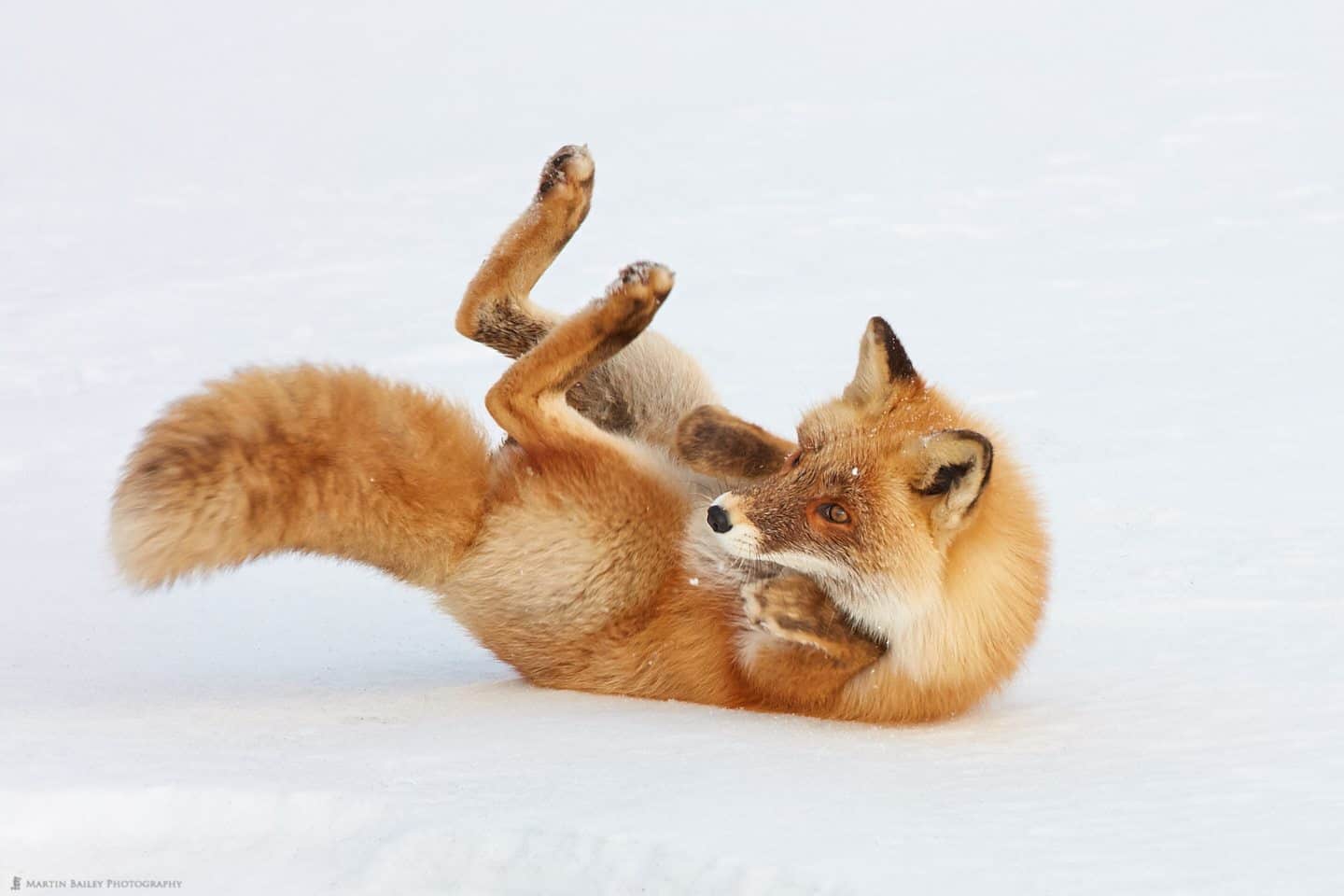
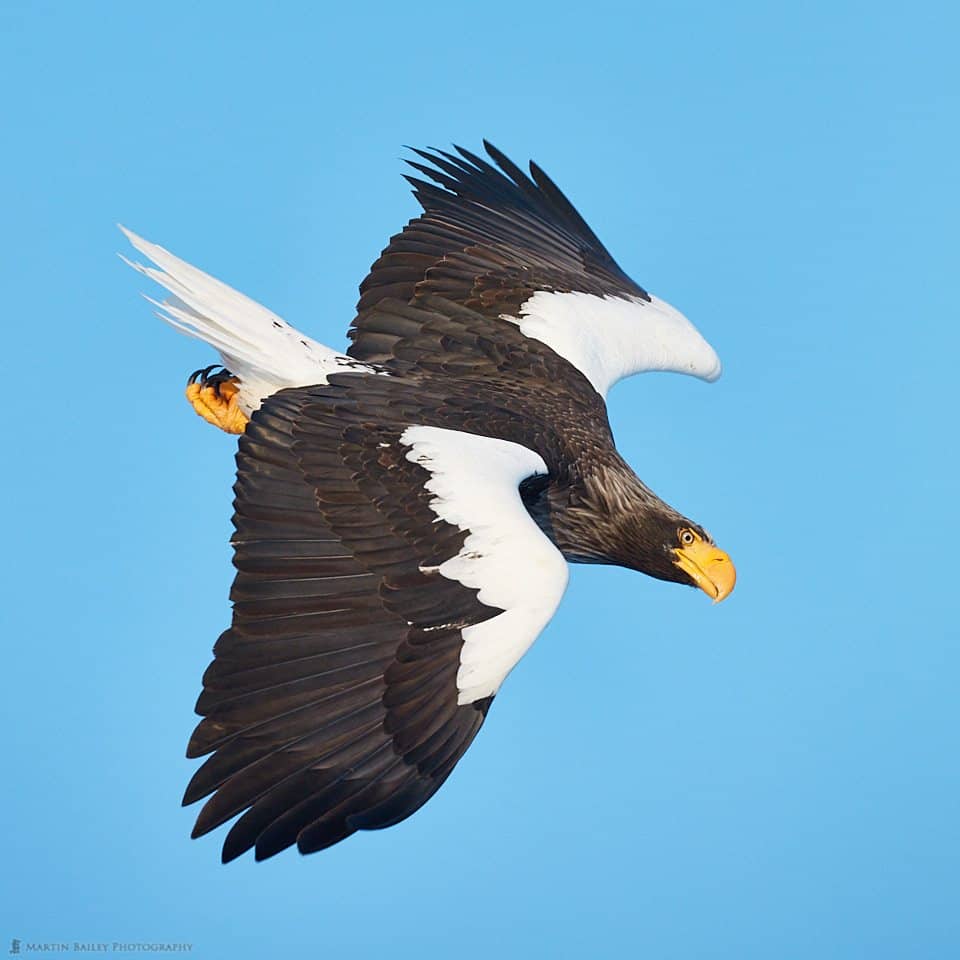
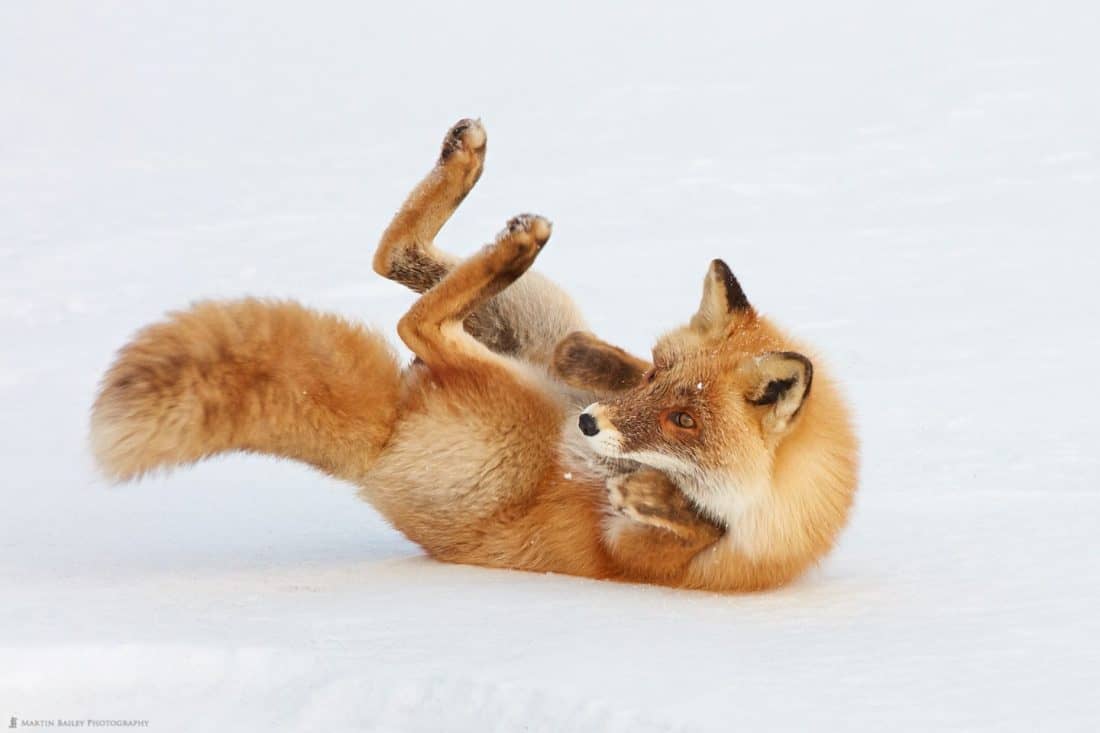
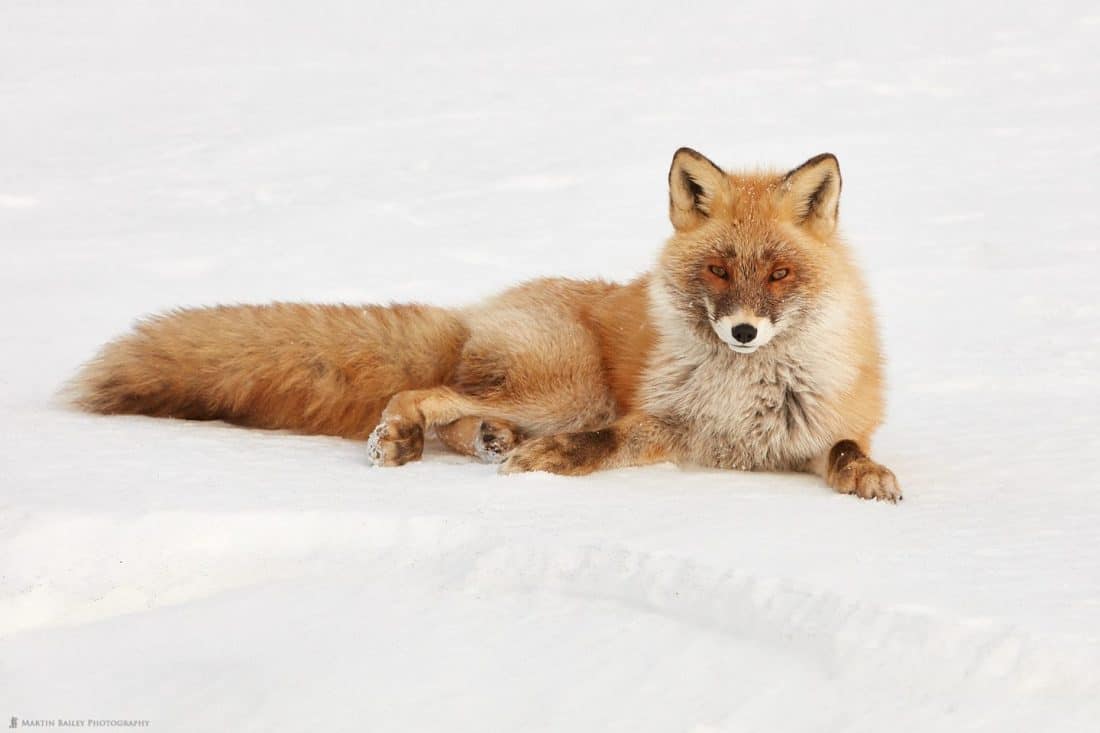
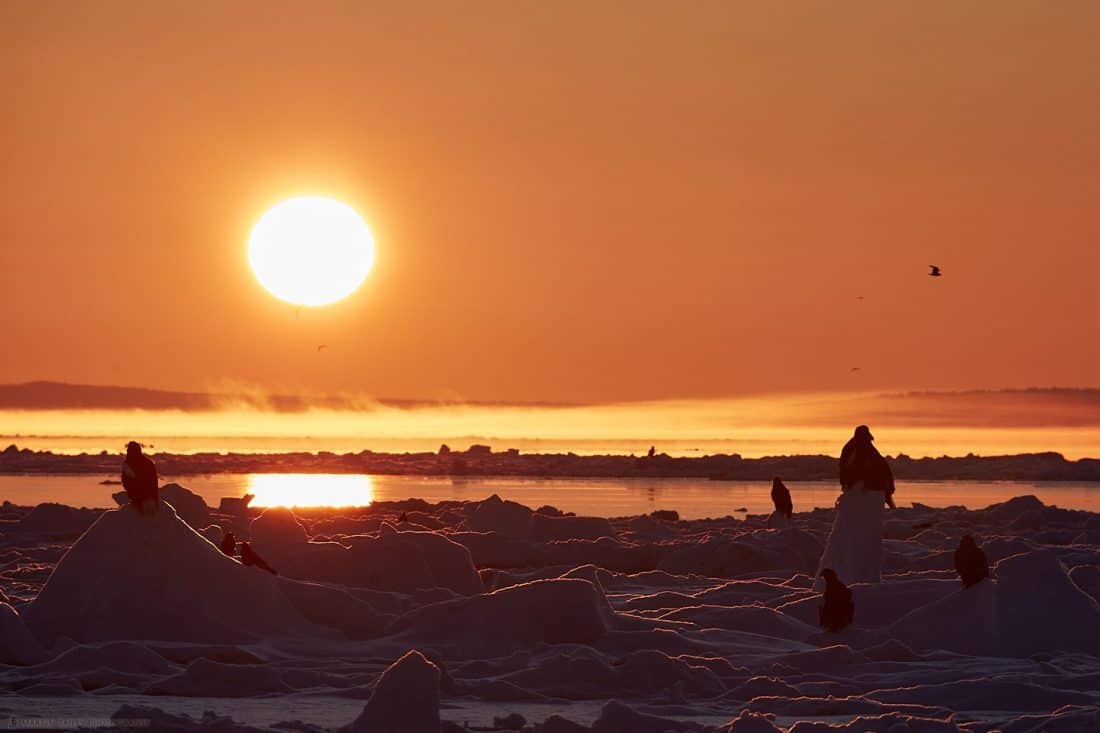
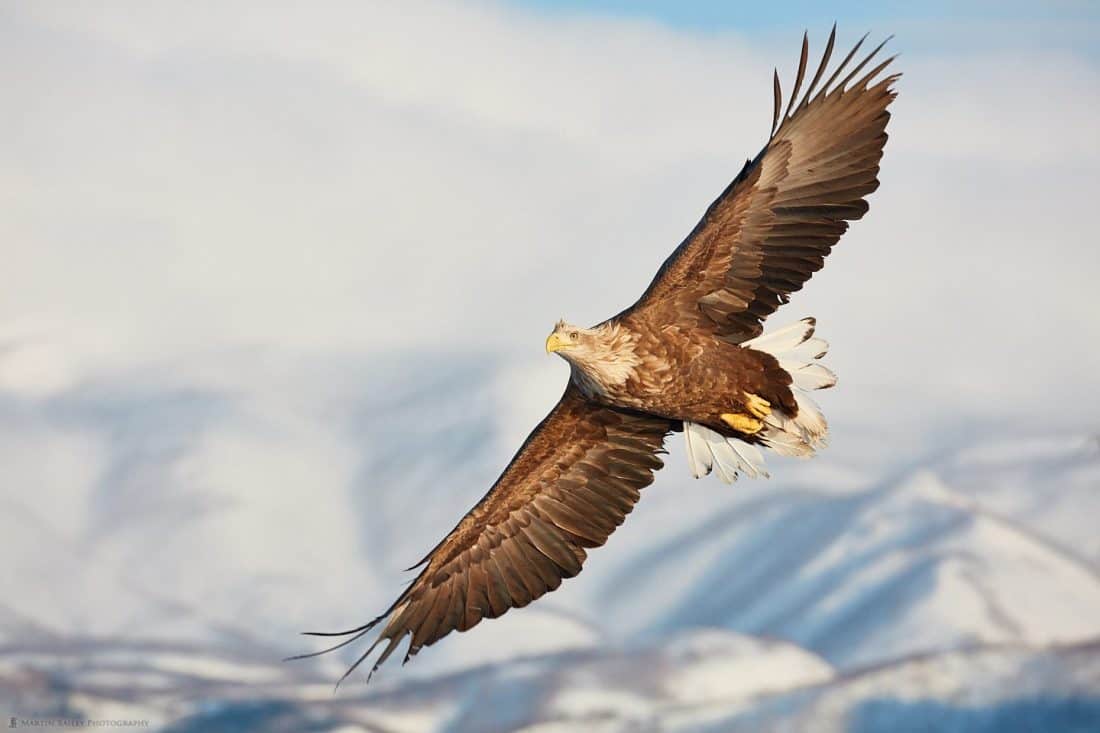
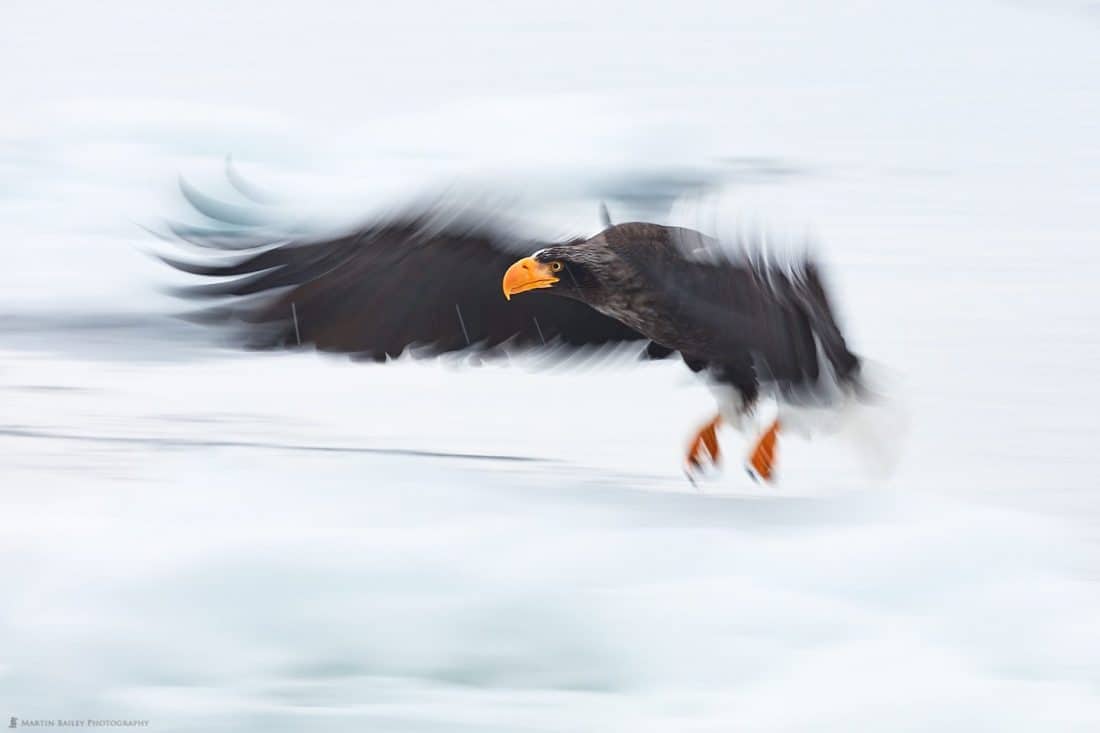
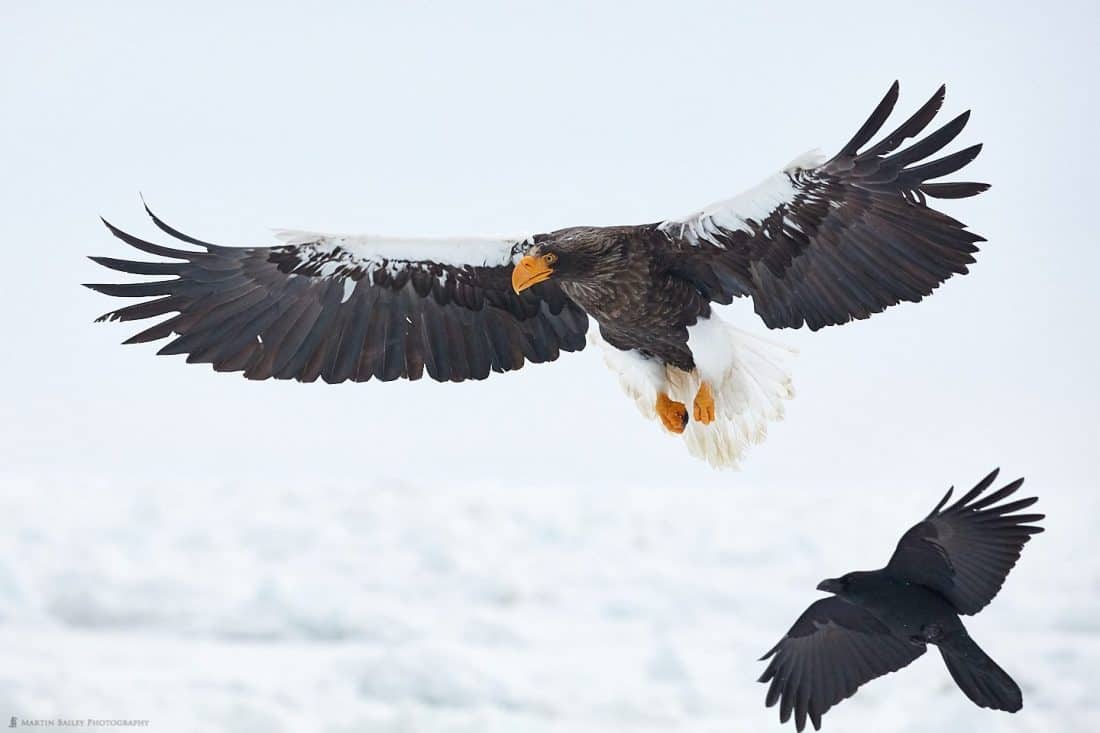
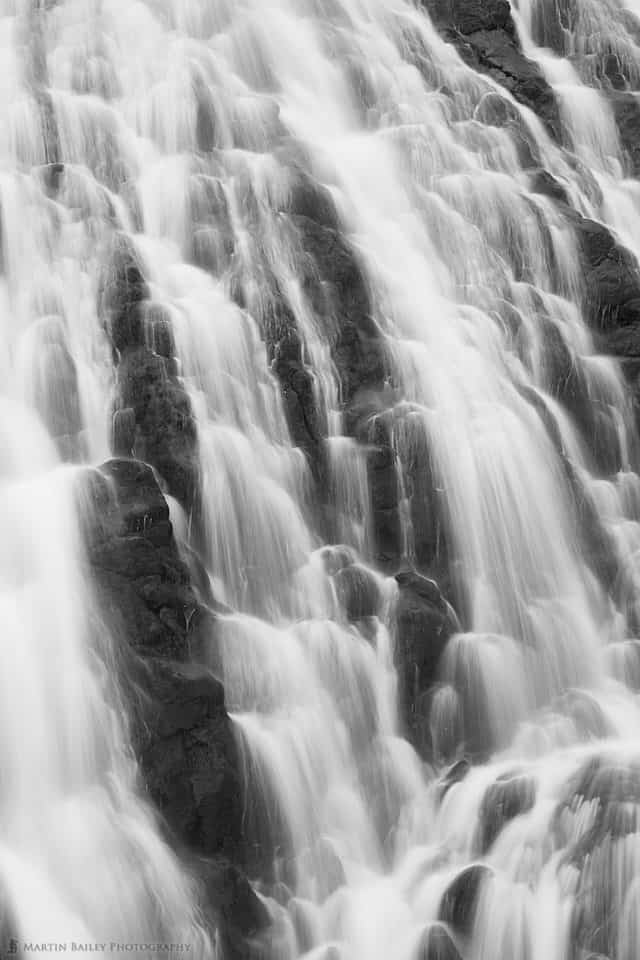
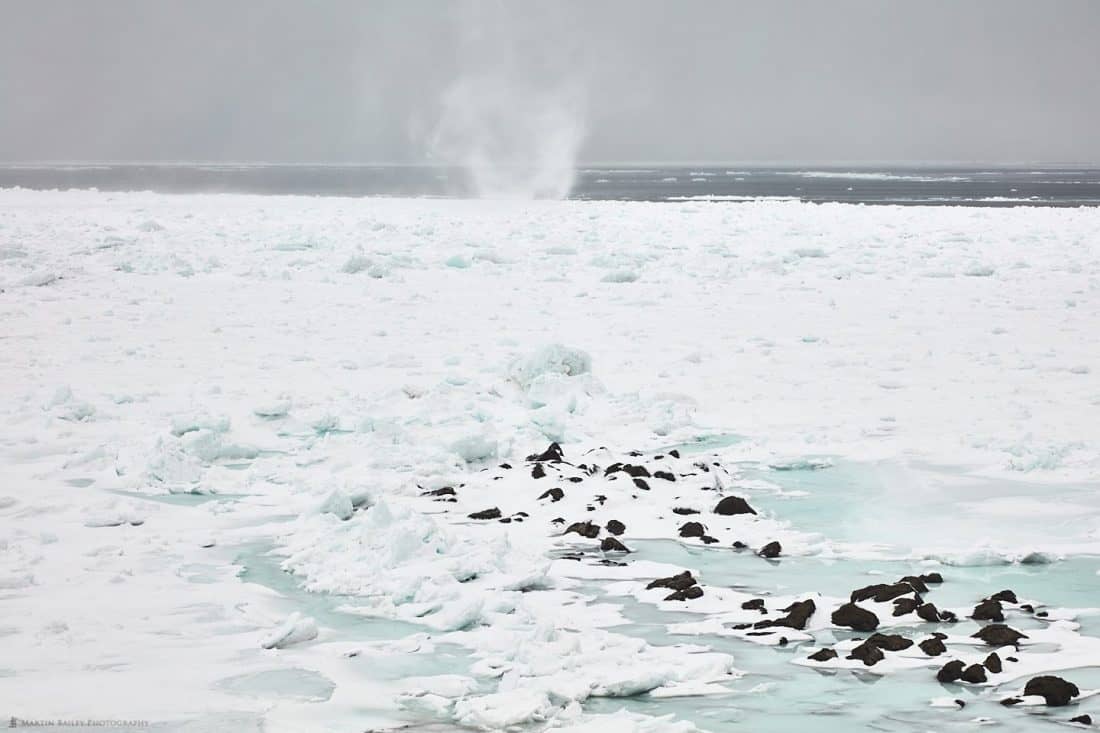
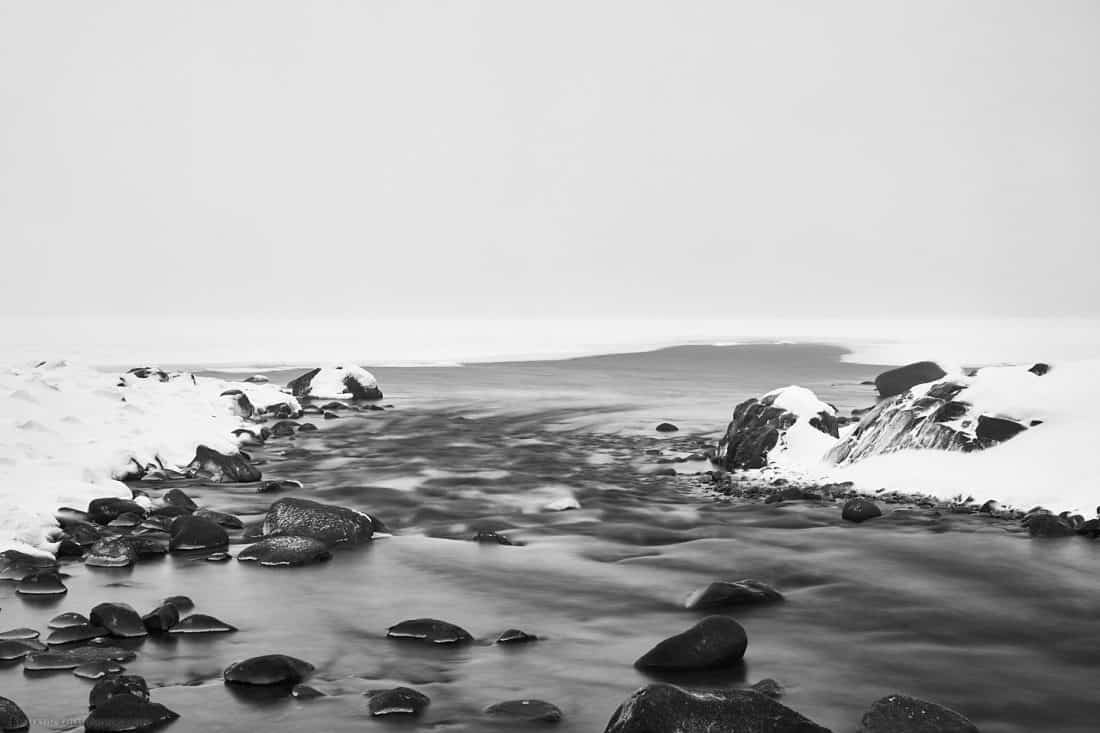
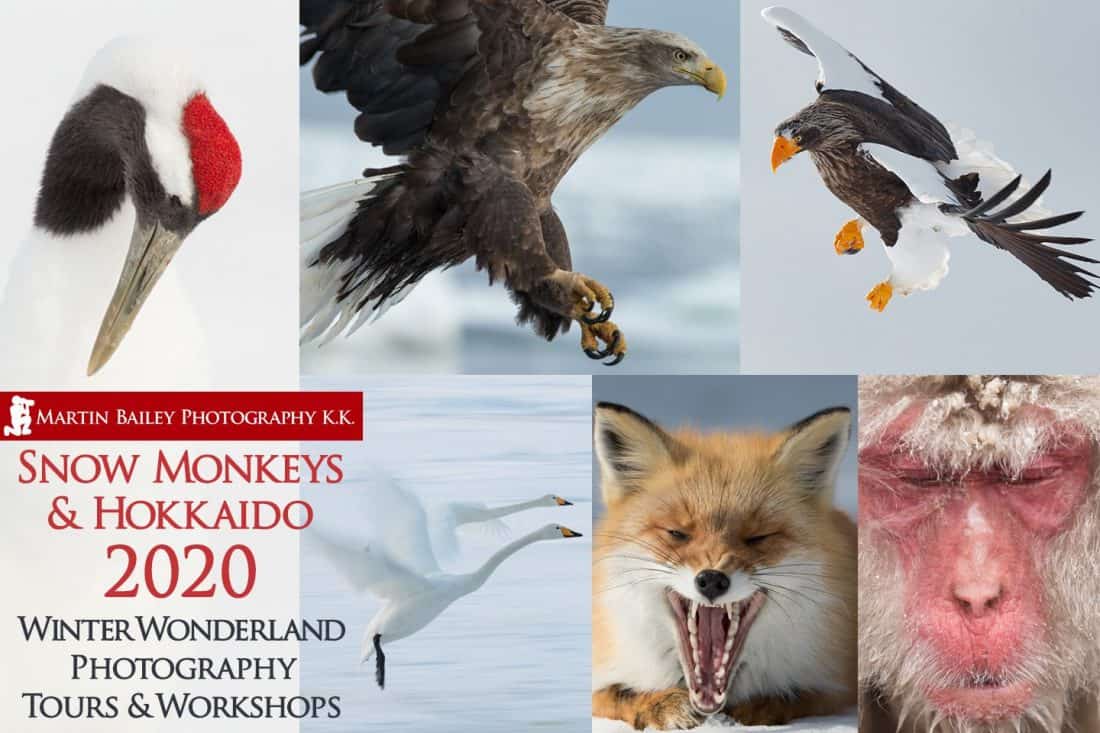

0 Comments